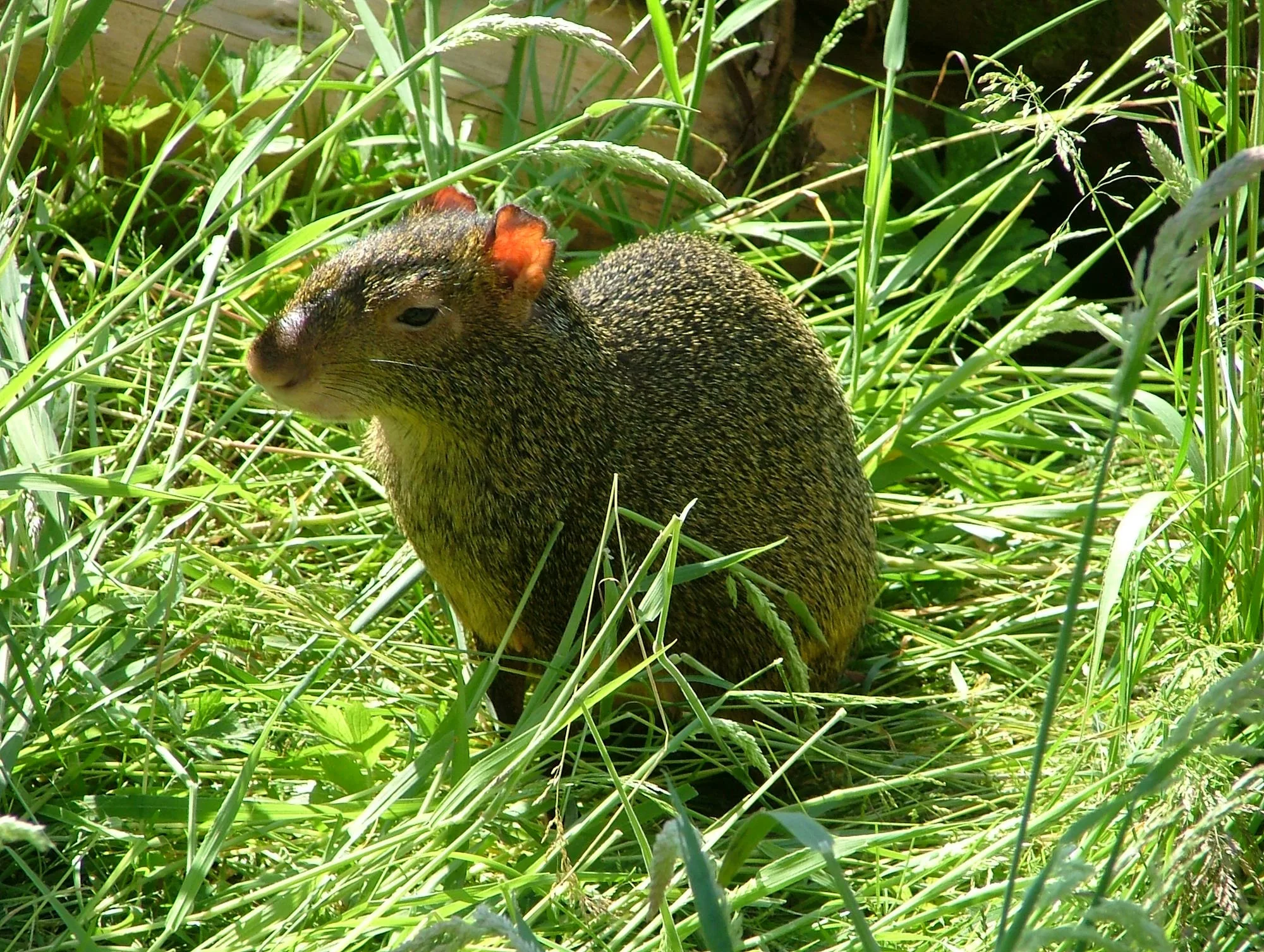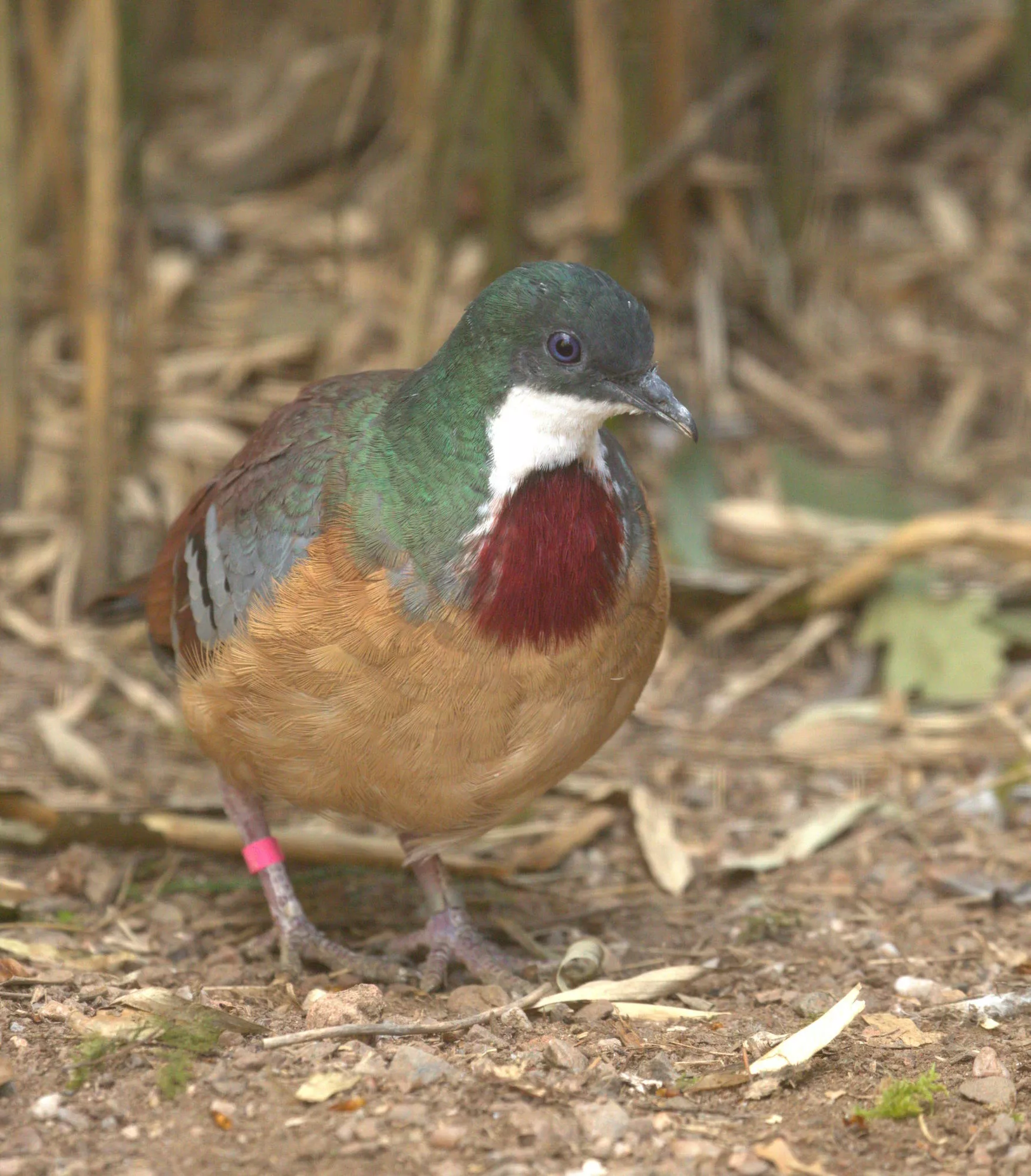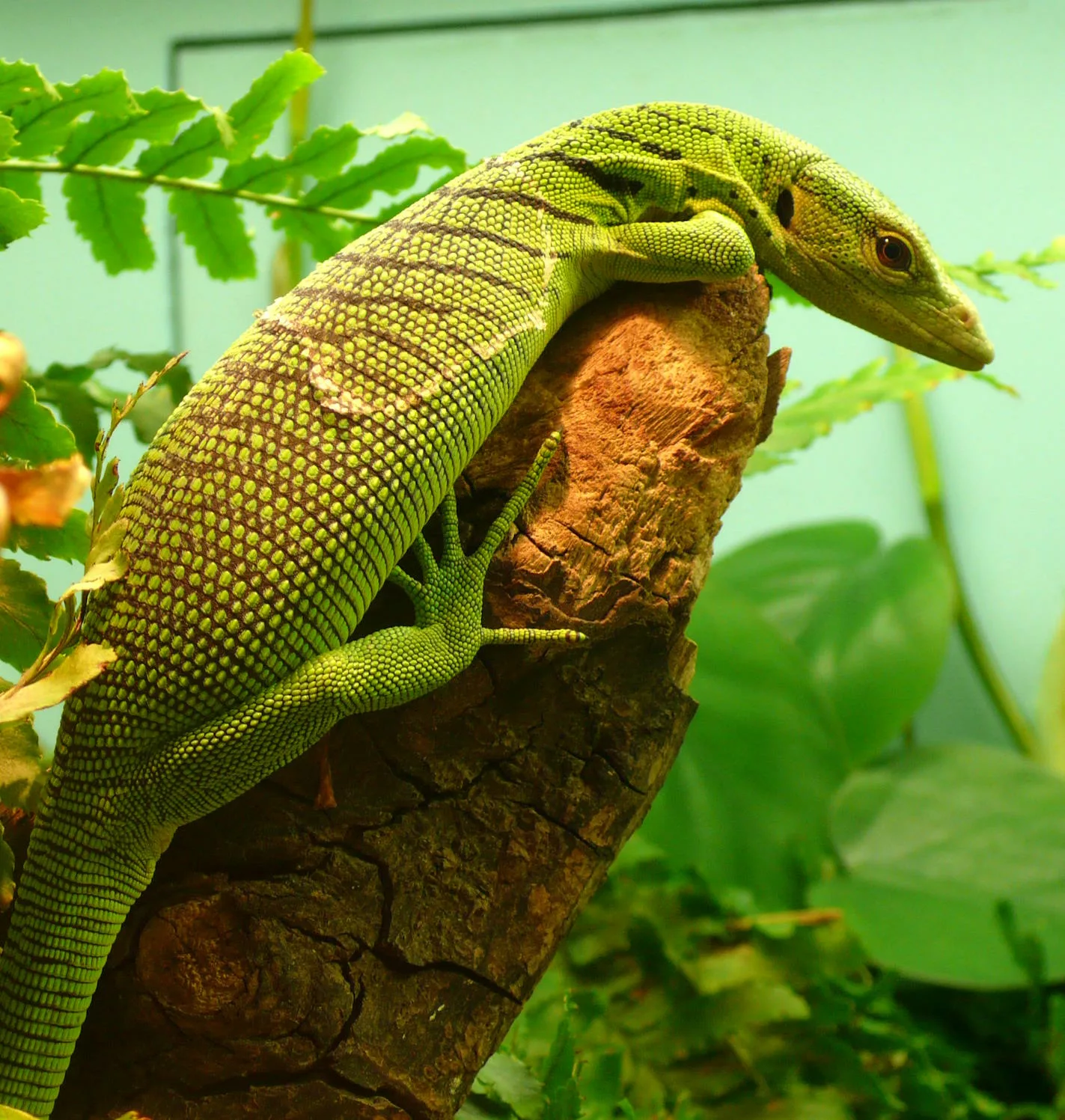
Pied avocet
Scientific name: Recurvirostra avosetta
IUCN listed as: Least Concern
Learn before you visit!
Here are some facts about the species – Discover what they eat, find out about their natural habitat, see what they like to do, and more… Set the reading style to suit you too, everyday speak or something aimed towards children.
Child-friendly
Everyday
Diet
The Pied Avocet primarily feeds on aquatic invertebrates such as insects, crustaceans, and molluscs. They forage in shallow waters, sweeping their long, upturned bills from side to side to catch prey. This feeding behaviour is highly efficient and allows them to thrive in various wetland habitats. Occasionally, they may also consume small fish and plant material. Their diet provides essential nutrients to sustain their energy levels, especially during migration and breeding seasons.
Pied Avocets eat small water animals like insects and crustaceans. They catch food by sweeping their long bills in the water. Sometimes, they eat small fish and plants. This helps them stay strong and healthy.
Breeding
Breeding usually occurs in spring and early summer, where Pied Avocets form loose colonies in coastal and inland wetlands. They build simple nests on the ground, often on small islands or mudflats, using vegetation and other available materials. Females typically lay 3-4 eggs, which both parents incubate for about 23-25 days. The chicks are precocial and can feed themselves shortly after hatching, though they stay with the parents for protection. This breeding strategy helps ensure the survival of their young in fluctuating environments.
These birds lay 3-4 eggs in nests on the ground. Both parents take turns keeping the eggs warm for about 23-25 days. Baby birds can feed themselves soon after hatching but stay with their parents for safety. This helps the chicks survive.
Habitat
Pied Avocets inhabit a range of wetland environments, including salt marshes, estuaries, and freshwater lakes. They are found in Europe, Asia, and parts of Africa, often migrating to warmer regions during winter. These habitats provide the necessary resources for feeding, breeding, and shelter. However, habitat loss due to land reclamation and pollution poses significant threats. Conservation efforts focus on protecting and restoring these vital wetland areas to support avocet populations.
Pied Avocets live in wetlands like salt marshes and lakes. They are found in Europe, Asia, and Africa and move to warmer places in winter. Their homes are being threatened by pollution and land changes. Protecting these wetlands is important.
At the zoo
In zoos, Pied Avocets are kept in aviaries that mimic their natural wetland habitats, complete with shallow pools for foraging. Their diet in captivity includes a variety of invertebrates and specially formulated feeds to meet their nutritional needs. Zoos play a significant role in the conservation of Pied Avocets through captive breeding programs and educational exhibits. These initiatives raise awareness about wetland conservation and the ecological importance of avocets. Breeding programs also help maintain healthy populations and genetic diversity.
In zoos, Pied Avocets live in areas with shallow water to mimic their natural homes. They eat insects and special food. Zoos help protect these birds by breeding them and teaching people about them. This keeps their numbers healthy.
Behaviour
Pied Avocets are highly social birds, often seen in flocks during migration and breeding seasons. They are diurnal and spend most of their time foraging in shallow waters. Their distinctive feeding behaviour, involving sweeping their bills side to side, is a key characteristic. They are also known for their aggressive defence of nesting sites, often mobbing potential predators. Their social and protective behaviours contribute to their survival in the wild.
These birds live in groups and are active during the day. They forage by sweeping their bills in water. They protect their nests by chasing away predators. Their social behaviour helps them survive.
Fun facts
- Sweeping Bills: They use their long bills to sweep and catch food in the water.
- Defensive Birds: Pied Avocets aggressively defend their nesting sites.
- Long Migrations: They migrate to warmer regions during winter.
- Social Creatures: They often live and forage in flocks.
- Wetland Habitats: They thrive in various wetland environments.
- Food Catching: They sweep their bills to catch food.
- Protective Parents: They defend their nests from predators.
- Travelers: They move to warm places in winter.
- Group Living: They like to live in flocks.
- Wetland Lovers: They live in marshes and lakes.
More animals to discover at our zoo
Quick Links
Tickets & Prices
You can buy tickets for Exmoor Zoo securely online, as well as finding out more price options, discover offers, and more…
What’s on…
Exmoor Zoo hosts incredible Events all through the year. You can find out about what we’ve got in store here…
Routes & info
Like any great discovery, Exmoor Zoo can feel a little off the beaten path – but don’t worry – you can plan your journey with our recommended routes and other useful travel info.



























